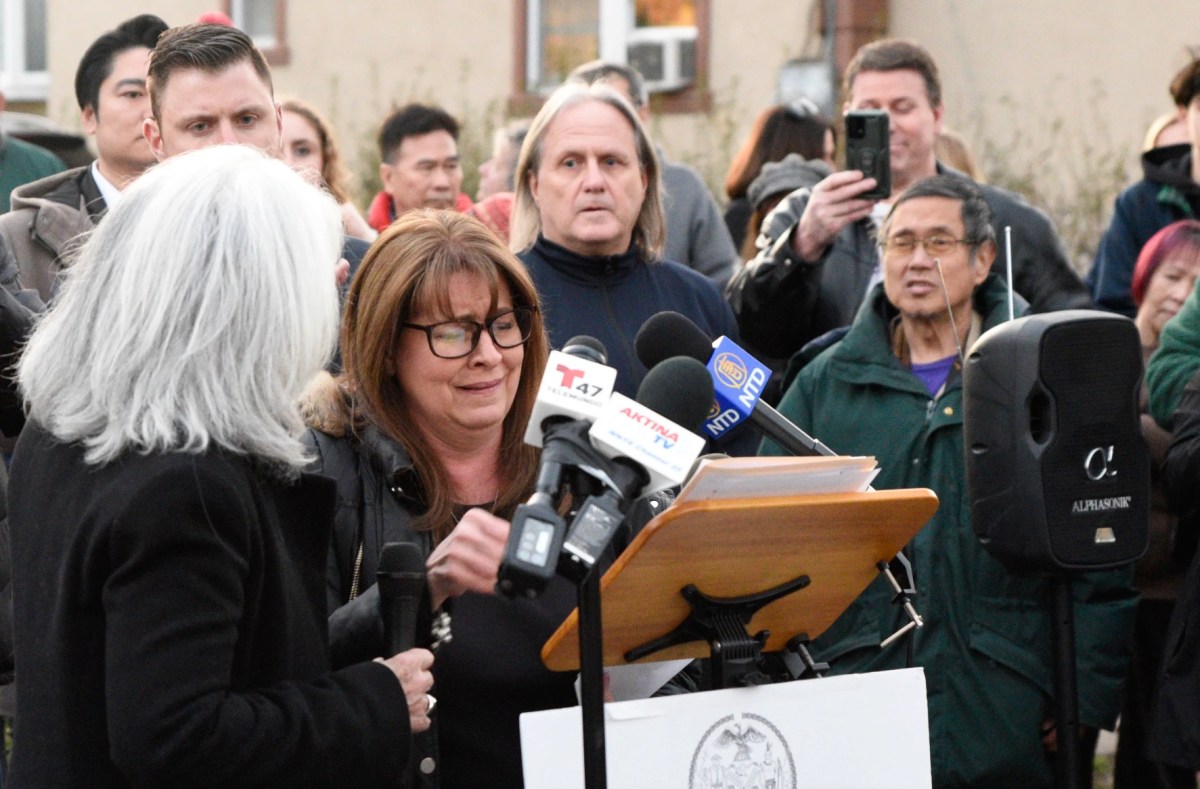In the five years since the Community Foundation of Ottawa released the first Vital Signs report, the cost of a transit pass has gone up 40 per cent, the average cost of a two-bedroom apartment has gone up 11 per cent, but Ontario Works for individuals has only gone up $49.
“It’s no surprise then, that 7,500 individuals became homeless last year, including an astonishing 1,317 children,” said Marion Wright, Chair of the Alliance to End Homelessness.
For the most part, Ottawa is getting middling grades in the annual community checkup. The city is doing well with health and wellness and arts and culture, but it is doing very poorly when it comes to housing and the widening gap between rich and poor.
Part of the problem, said Wright, is that there is a consistent trend towards home ownership and no new rental properties.
In the past two years, there have been more than 12,000 new homes built in Ottawa. Stimulus funds helped pay for 751 new units opening next year, but that brings the total to 1,860 affordable housing units built in the last 11 years.
Canadians tend to look at the United States and think the gulf between rich and poor is better here, but the gap is pretty dramatic in Canada also, according to Caroline Andrew, the director of the Centre on Governance at the University of Ottawa.
The widening disparity between the rich and poor is growing across the country and around the world, but there are steps that can be taken locally improve the situation, she said.
“People who grow up in cycles of poverty. It’s hard to break those cycles,” she said.
Programs like Pathways to Education that encourage at-risk high school students not to drop out, is a big step toward breaking those cycles, said Andrew.
There are other programs that will have an immediate impact, but significant changes happen in little increments year to year.
That may result in an area like the gap between rich and poor, getting the same grade two consecutive years, despite action and improvement bubbling beneath surface.
“But to see the impact of a program, five years does give you a sense of what’s happening,” she said. “Five years without change, that’s inaction.”
















